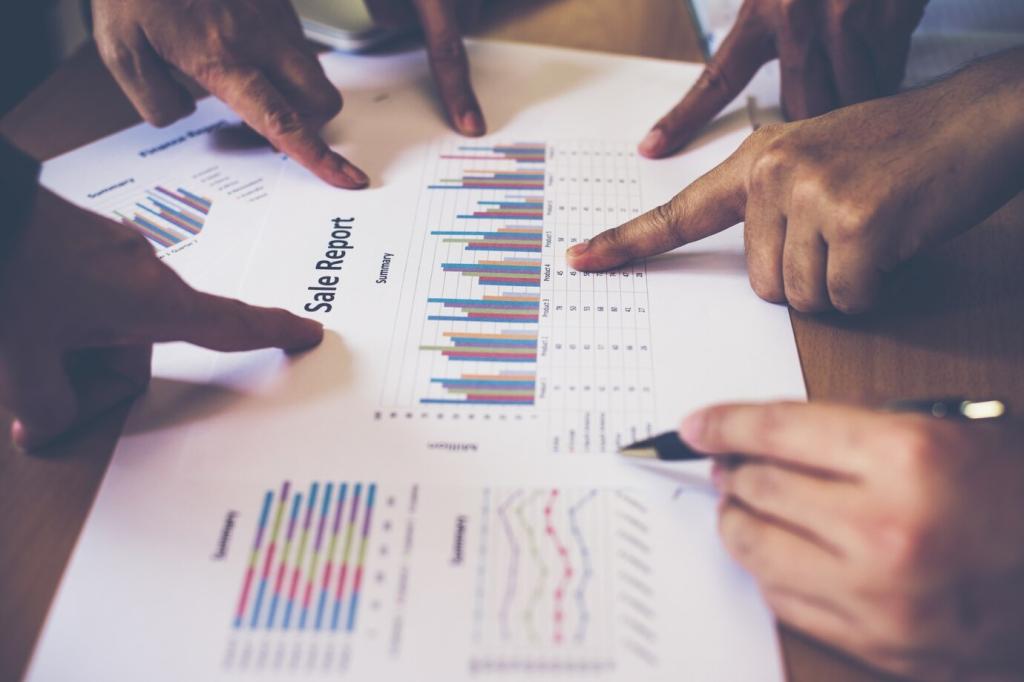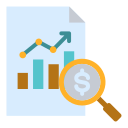
Decoding the Key Indicators of Local Economic Growth
Chosen theme: Key Indicators of Local Economic Growth. Welcome! Today, we translate complex metrics into clear stories about how neighborhoods thrive. From job creation to foot traffic, we’ll explore the signals that predict momentum. Join the conversation—share the indicators you track in your community and subscribe for future deep dives.
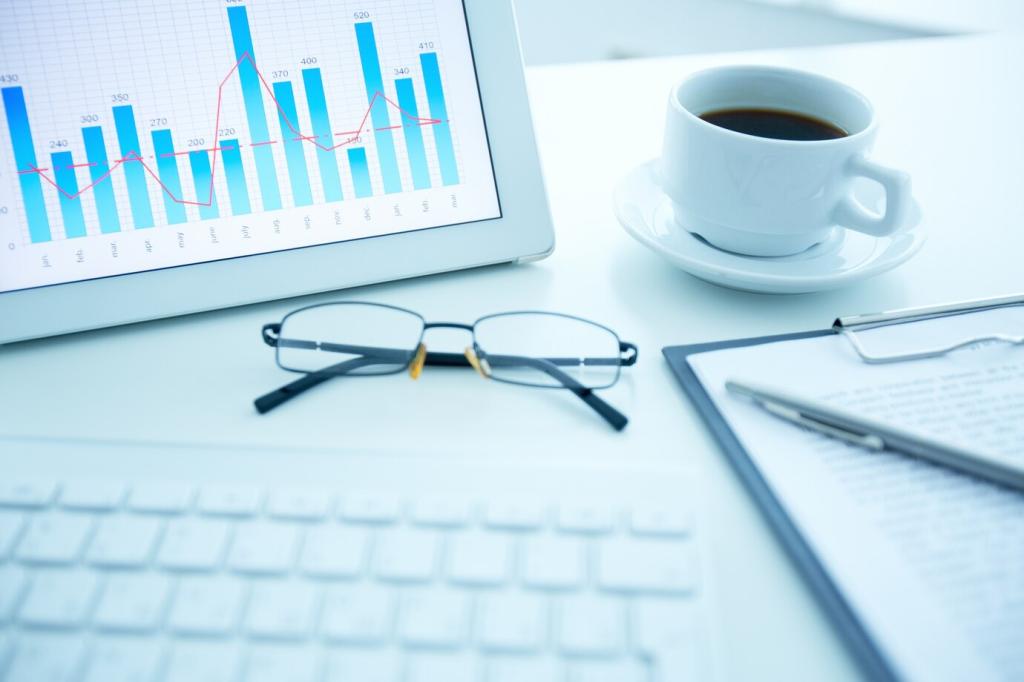

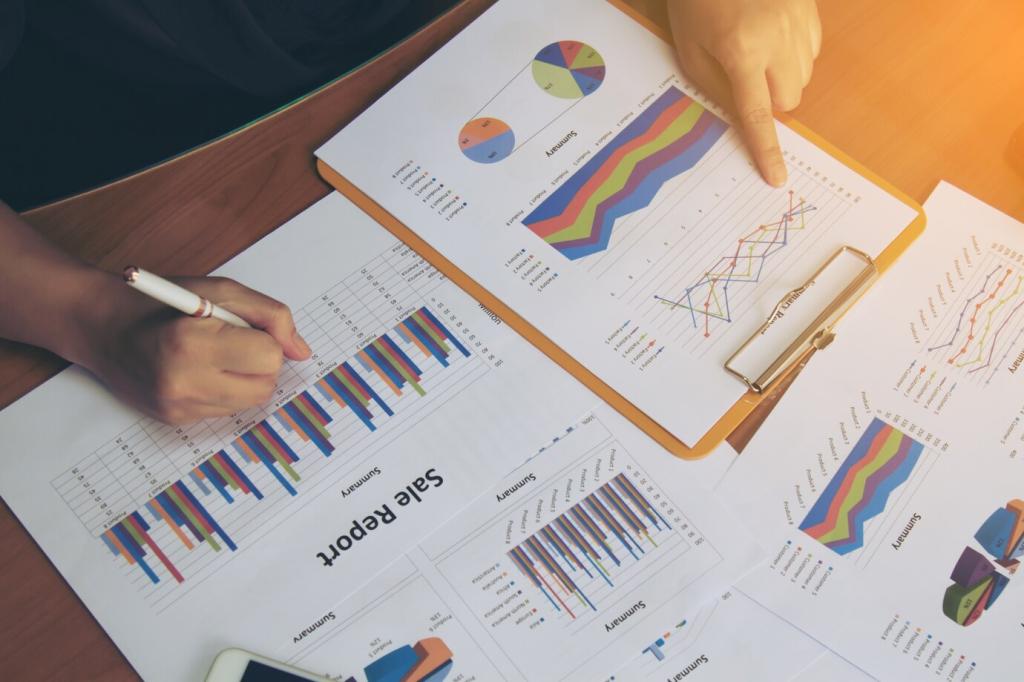
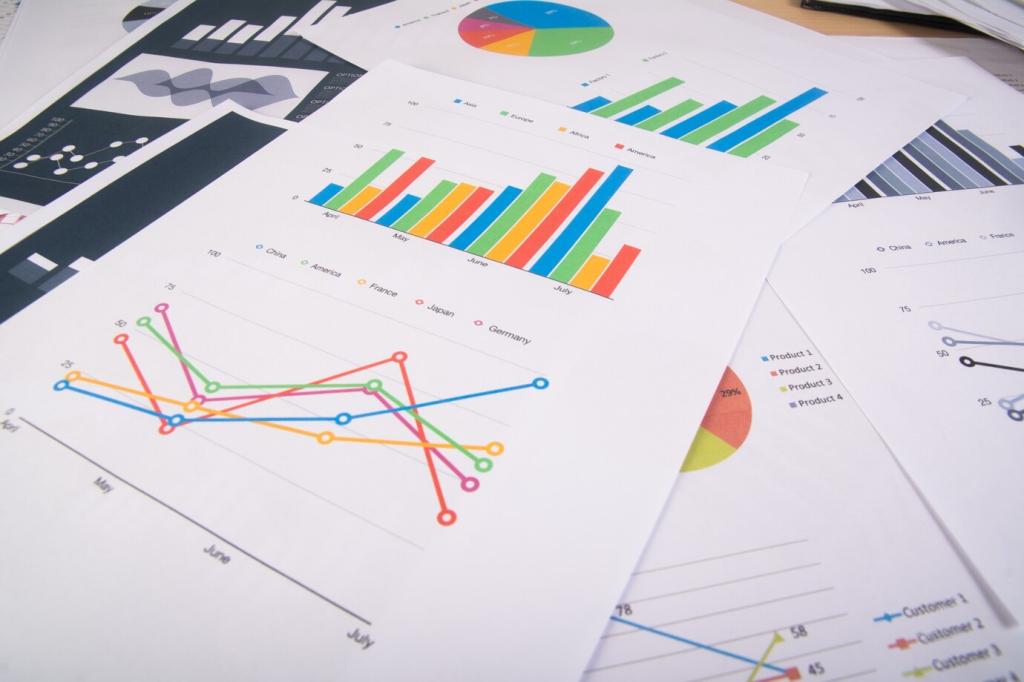
Jobs and Earnings: Core Measures of Vitality
A falling unemployment rate is promising, yet it can mask discouraged workers exiting the labor force. Always pair this metric with job openings and average duration of unemployment to understand true labor market tightness.
Business Dynamism: Formation, Survival, and Space
New business applications and openings
A surge in applications often precedes hiring and investment. Watch conversion rates from application to opening, sector mix, and early revenue trends to gauge whether entrepreneurial sparks become sustainable local employers.
Commercial vacancy and absorption
Falling vacancies with rising rents suggest demand outpacing supply, but empty spaces lingering beyond two quarters may indicate mismatches in size, location, or zoning. Track absorption to see how quickly space gets productively used.
Sales tax receipts as a demand proxy
Monthly sales tax collections reveal consumer momentum across dining, retail, and entertainment. When paired with card transaction datasets, receipts highlight neighborhood winners and help target support where demand is softening.

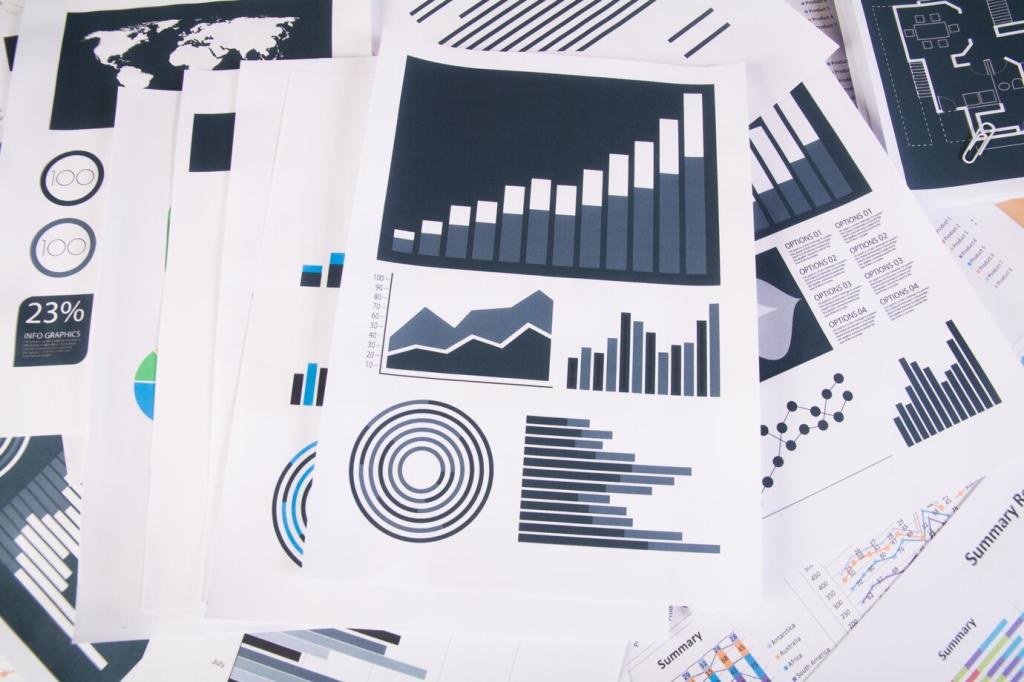



Productivity and Innovation: Quality of Growth
Track local GDP per worker and how industries are shifting. A rising share of advanced manufacturing, professional services, and clean tech often correlates with durable wage gains and supply chain resilience.
Productivity and Innovation: Quality of Growth
Patent density and university-industry partnerships hint at commercialization strength. Monitor accelerator cohorts, venture activity, and corporate R&D labs to understand how ideas become firms, jobs, and exportable products.

Transit ridership and reliability
When buses and trains regain riders, downtown employers and retail corridors typically follow. Pair ridership with on-time performance to ensure gains are durable, not just temporary spikes from special events.

Pedestrian counts and location analytics
Sensor-based foot traffic and anonymized mobility data show which blocks are buzzing. Rising midday counts can predict lunchtime sales, while extended evening activity hints at a healthy dining and arts scene.
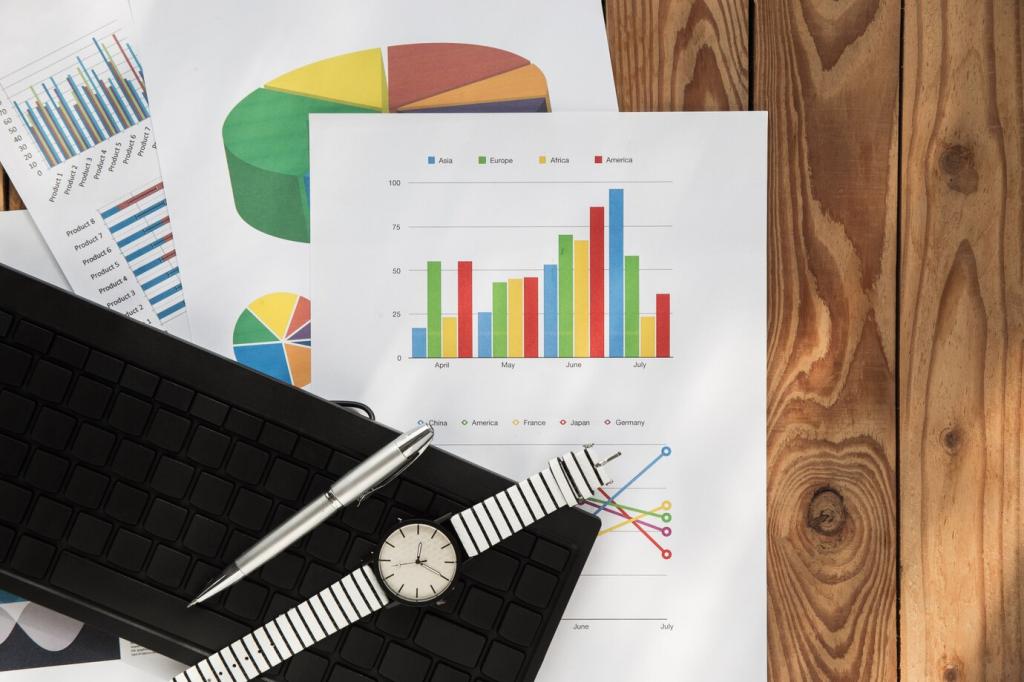
Tourism spend and hotel metrics
Visitor spending, occupancy rates, and average daily rate illuminate how festivals, conventions, and sports anchor downtown vitality. Share your city’s seasonal peaks so we can compare patterns across regions.
Poverty rate and upward mobility
Falling poverty alongside rising mobility signals healthier pathways to opportunity. Pair rates with access to childcare, transit, and training programs to see whether support systems are truly enabling advancement.
Cost of living and real purchasing power
Inflation-adjusted wages matter more than nominal bumps. Monitor rent-to-income ratios, grocery and utility costs, and commuting expenses to judge how far a paycheck stretches in different neighborhoods.
Diversification and rainy-day readiness
Economies concentrated in one sector are vulnerable. Track industry diversity, small-business survival, and municipal reserves to assess resilience—and tell us which buffers your community is building this year.
